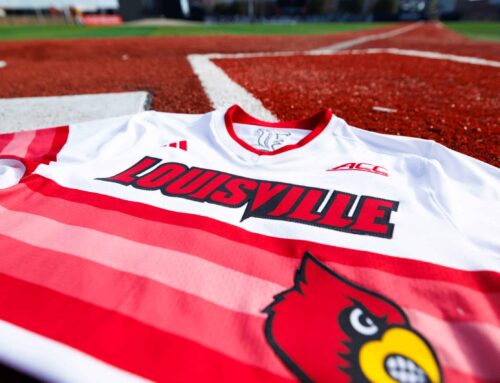By Caitlyn Crenshaw–
In an effort to develop treatments to counter chemical accidents, specifically involving chlorine, University of Louisville researcher Dr. Gary Hoyle has been awarded a $2.6 million grant from the National Institute of Health for the next five years. The research program, which was initially funded in 2006, has already identified two drugs, rolipram and triptolide, that aid in the treatment of chemical injury.
Dr. Hoyle described the goal of the research program as “to develop medical countermeasures for chemicals that might be considered medical threat agents.” Whether the chemical is released accidentally or intentionally, the goal of the program is to develop effective countermeasures.
Rolipram, one of the drugs already identified by the research study, aids in preventing the development of fluid in the lung and opening the airway as a bronchodilator, which treats the serious affects of chlorine exposure.
Triptolide, the second drug identified in the first ice years of the study, is a natural compound isolated from a plant. “We’ve discovered that it’s a very potent anti-inflammatory drug,” said Dr. Hoyle. “[Chlorine] is considered a chemical agent partly because of the large amount available in the U.S., and also it’s readily available because it’s transported between sites where it’s manufactured and it’s used.” The transportation of chlorine in rail cars between sites poses the threat of leaking and creating the possible need for mass immediate medical countermeasures.
Ben Gibson, a justice administration major, said, “It seems like that kind of chemical exposure is a lot more prevalent.”
According to Environmentalhealthnews.org, chlorine “is second only to carbon monoxide when it comes to the percentage of accidents that cause injuries, according to the newest federal data.”
Dr. Hoyle explaining the need to perfect the research, said “Oftentimes the drugs would need to be administered in a rapid fashion by people who may have limited medical training.”
Vanessa Smith, an interior architecture major, justified the funding for the research by saying “a lot of people are interested in it” and the need for countermeasures “is just going to keep going up.”
For the next five years, Dr. Hoyle said “What we’re doing now is to look at these drugs, not just separately, but in combination, and we think that this combination is the best way of treating the injury.”
Smith commented on the need for chemical countermeasures saying, “I think that in this time and age people are really worried about that kind of stuff.”
Dr. Hoyle said, “The idea eventually would be that the therapies developed through this research program would be FDA approved, stockpiled and ready for use in the case there was a large scale need for them.”
[email protected]
Photo courtesy Wikimedia Commons





